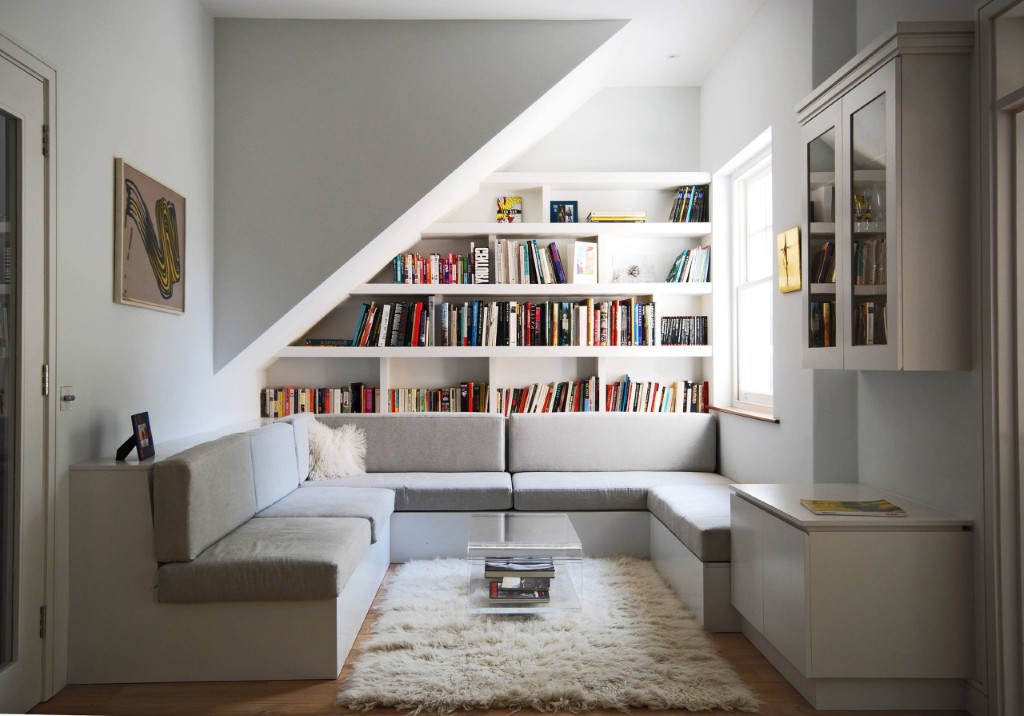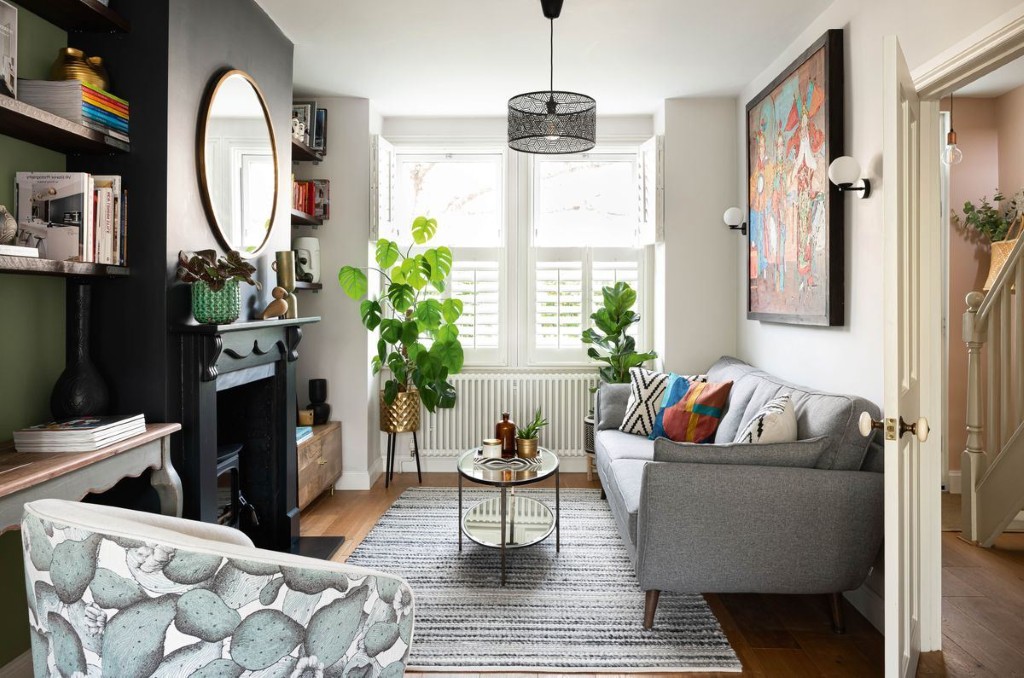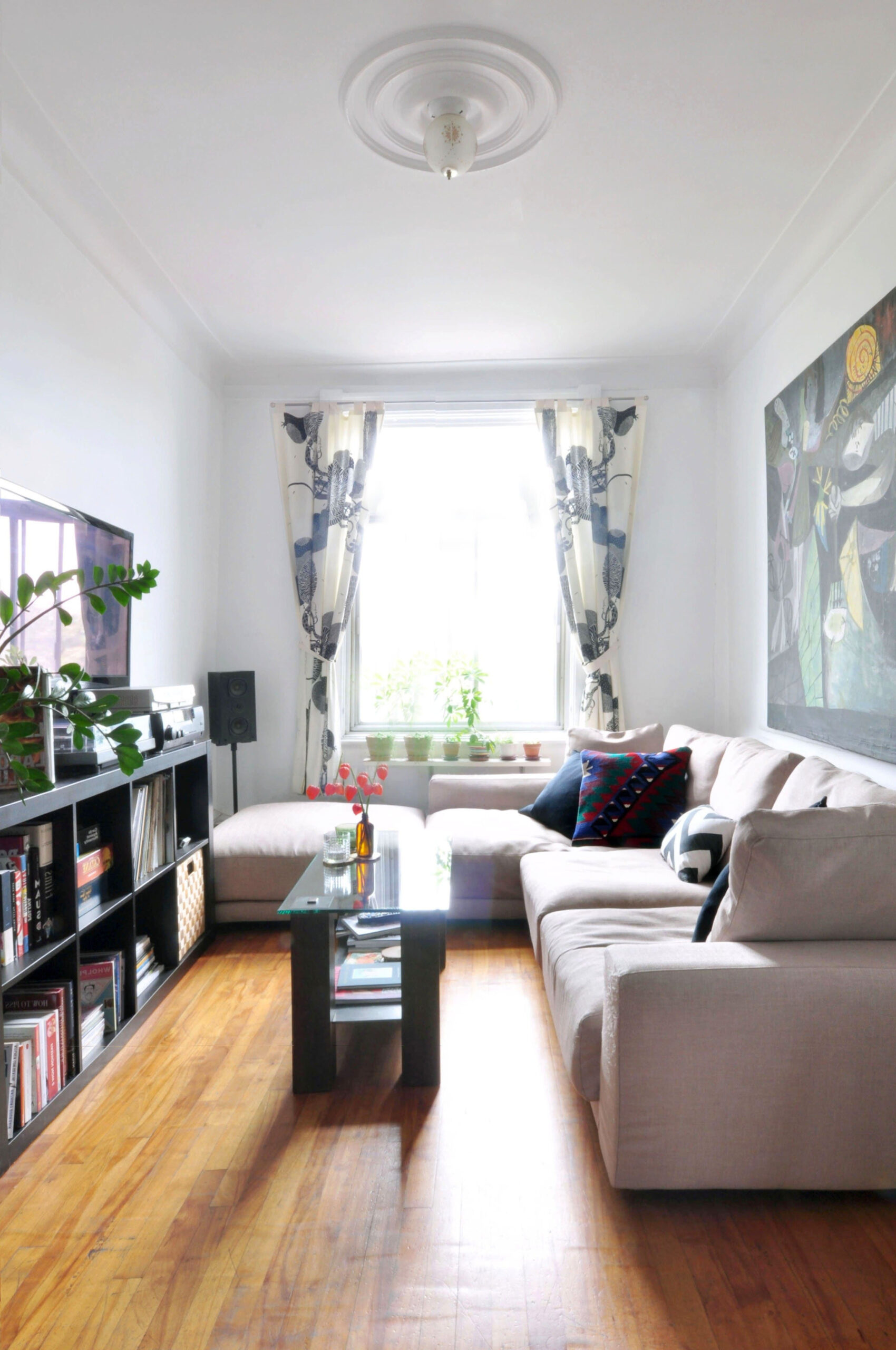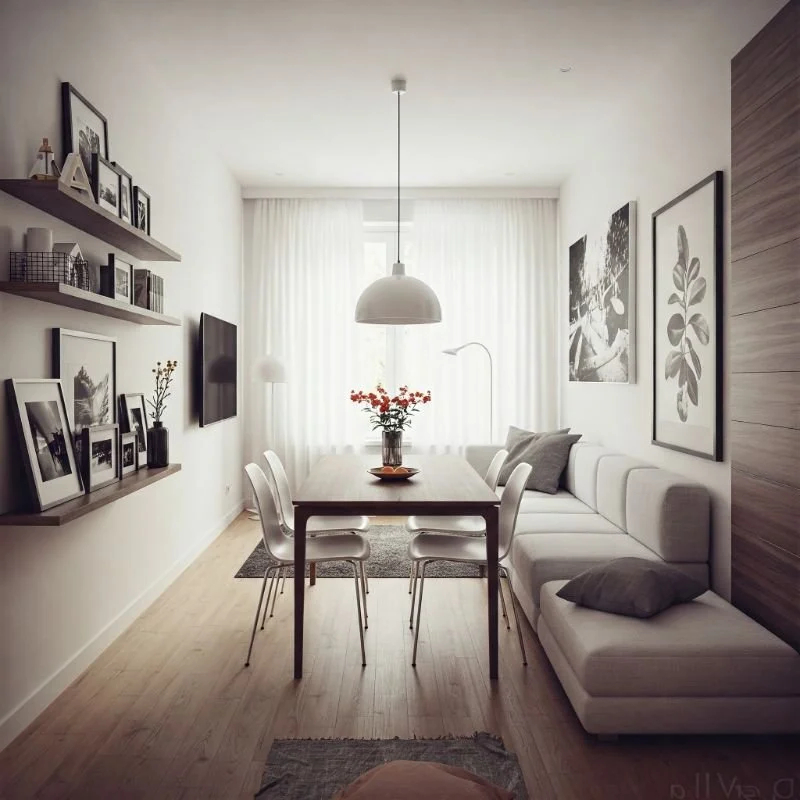Living in a narrow space doesn’t mean sacrificing style or functionality. These clever storage solutions will help you maximize every corner and shelf.
Whether you’re dealing with a studio apartment, a converted garage, or just a room that feels too tight, narrow spaces can feel overwhelming. But what if we told you that creative storage isn’t just about cramming more stuff in? It’s about smart planning, strategic thinking, and finding new ways to make your limited space work harder. You might be surprised how much you can accomplish when you start looking at walls, ceilings, and even under furniture as potential storage areas. The key is to think beyond traditional storage methods and embrace the possibilities that come with compact living.
Think Vertical
The most obvious solution to narrow spaces is often the best one. When horizontal space is limited, look upward. Tall bookshelves, floating shelves, and wall-mounted storage units can stretch from floor to ceiling. These vertical solutions make the most of unused height while keeping your space feeling open. Consider installing shelves that go all the way to the ceiling or building custom shelving units that take advantage of the full wall height. This approach works especially well in rooms with high ceilings. The trick is to balance the weight of your items properly and make sure everything is securely mounted. For those who want to keep their space feeling airy, choose lighter materials like wood or metal and avoid overcrowding the shelves. Sometimes, just a few carefully selected items can make a big visual impact.
Utilize Hidden Spaces
Many narrow rooms have hidden storage opportunities that most people overlook. Under-bed storage containers, window seat benches with built-in storage, and even the space behind doors can hold a surprising amount of items. These areas are often forgotten but provide excellent storage without taking up precious floor space. For example, you can use the space under your bed for seasonal clothing, extra bedding, or even a small office setup. Window seats can become both seating and storage if you build in drawers or shelves underneath. Doors can hide storage boxes or baskets on the back side. The key is to think about how you use your space daily and identify where items might be stored when they’re not visible.
Multi-Purpose Furniture
This is where creativity really shines. Multi-functional furniture can transform a tiny room into a versatile space. A coffee table that doubles as storage, a dining table with hidden compartments, or a sofa bed that provides both seating and sleeping space. These pieces might cost a bit more upfront, but they save you from buying multiple separate items. Look for furniture with built-in storage features or consider modifying existing pieces to add storage capabilities. For instance, you could turn a regular chair into a storage unit by adding a small cabinet or drawer underneath. The idea is to find furniture that serves more than one purpose, allowing you to keep your space clutter-free while maintaining functionality. This approach works particularly well in living rooms where you need both comfort and organization.
Smart Organization Systems
Once you’ve got your storage solutions in place, it’s time to organize them effectively. This means using containers, bins, and dividers to keep things neat and easy to access. Clear storage boxes let you see what’s inside without having to open them, while labeled bins help you quickly find what you need. Think about grouping similar items together and placing frequently used items within easy reach. You might use a combination of tall bins for less-used items and smaller baskets for daily essentials. Some people find success with vertical organizers that fit inside cabinets or drawers. The goal is to make your storage system work for you rather than against you. This might mean investing in quality organizers or simply being intentional about how you arrange your belongings.
Wall-Mounted Solutions
Don’t overlook the potential of your walls—they’re one of the most underutilized spaces in any narrow room. Wall-mounted storage solutions can completely transform how you use your space, keeping floors clear and rooms feeling open and organized. Think beyond simple shelves—floating shelves, pegboards, and wall-mounted cabinets can all be tailored to fit your specific needs and style. Floating shelves are perfect for displaying books, plants, or decorative items without taking up valuable floor space, while pegboards add a dynamic, customizable system for hanging tools, kitchen utensils, or craft supplies. Wall-mounted cabinets, on the other hand, offer concealed storage that keeps clutter out of sight, maintaining a sleek and minimalist look.
One of the best advantages of wall-mounted storage is its adaptability. As your needs evolve—whether you’re reorganizing a kitchen, setting up a home office, or creating a more functional entryway—you can easily rearrange or expand your setup. Pegboards are especially practical because they allow you to switch out hooks, baskets, or shelves to accommodate different items, offering both flexibility and visual interest. Wall-mounted hooks are another versatile addition; they can hold coats, hats, bags, or even kitchen utensils, helping you keep everyday essentials within easy reach.
However, successful wall storage depends heavily on proper installation. It’s important to select the right hardware and anchoring system for your wall type—drywall, brick, or concrete each requires specific fasteners. Use sturdy brackets and anchors rated for the weight of your items to ensure safety and durability. Heavier objects like cookware or large picture frames should always be secured to wall studs for maximum support. When installed correctly, wall-mounted storage not only maximizes space but also adds texture, depth, and personality to your room, blending utility with design in a seamless way.
Creative Corner Solutions
Narrow rooms often have corners that seem wasted. These spaces can actually become some of your most productive storage areas. Corner shelves, L-shaped furniture, and specialized corner storage units can maximize these typically overlooked areas. A simple corner shelf can hold books, plants, or decorative items while staying out of the way. L-shaped desks or seating arrangements can utilize corners for both function and style. Some people even install corner cabinets or drawers that slide out on tracks to make the most of the space. These solutions require a bit more planning and sometimes custom installation, but they can dramatically improve how you use your room. The key is to choose corner solutions that match your room’s overall aesthetic.
Creating effective storage in narrow rooms isn’t about magic tricks or expensive renovations. It’s about thoughtful planning, smart choices, and a willingness to see your space differently. The solutions we’ve discussed – from vertical storage to multi-purpose furniture – show that even the smallest spaces can be transformed into organized, comfortable homes. The most important thing is to start small and build gradually. Choose one or two solutions that work for your specific situation and see how they change your daily routine. Remember, the goal isn’t to stuff everything into a tiny space, but to create a system that supports your lifestyle. With a little creativity and some practical planning, your narrow room can become your favorite place to live.

















